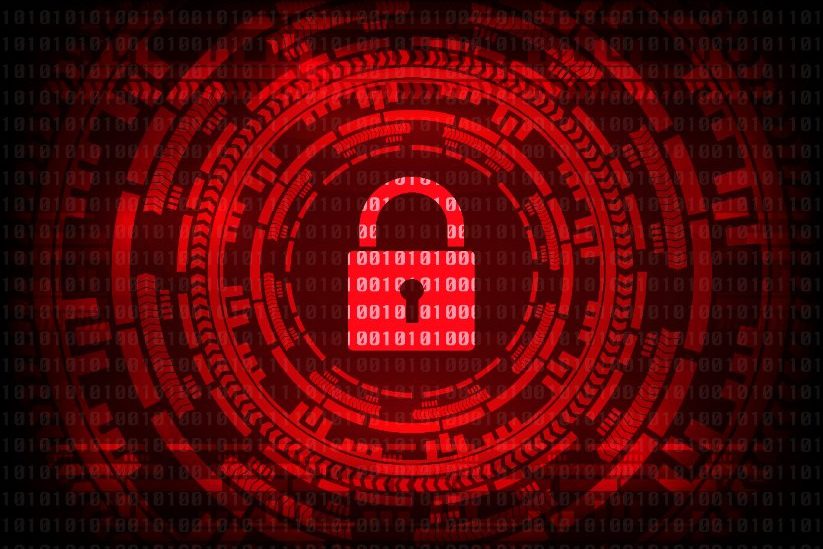Ransomware attacks have become a ubiquitous threat to businesses everywhere. Several times a year, hackers make headlines for increasingly wide-spread and financially devastating attacks on businesses and organizations — in the most recent attack, hackers initially demanded $70 million from Kaseya, a software company whose information included data from over 1,500 small businesses.
This disconcerting scenario demonstrates the wide-ranging, disastrous effects ransomware can have on data that is shared between customers, businesses, and IT firms. While it is impossible to prevent ransomware attacks, understanding how ransomware works allows you to better serve and protect your business and your customers against rogue attackers. This article answers important questions about ransomware and provides tangible ways to keep your information safe.
What is ransomware?
Ransomware is a type of malware used by hackers to steal, encrypt, and hold a company’s information in exchange for payment. Typically, attackers give their victims 24 to 48 hours to pay the ransom, which will allow them to regain access to their data. If the victim fails to pay, they risk losing their information forever (especially if they do not have reliable data backup protocols).
How does ransomware work?
Hackers find ways into a company’s network through email spoofing, social engineering, or targeted attacks, which often exploit loopholes or zero-day vulnerabilities in third-party software. Once hackers establish a presence within an organization’s network, they execute their malicious ransomware, which seizes and encrypts everything within reach. If a company has a weak network, the virus will spread rapidly and profusely. Hackers typically demand a sizable ransom payment from their victims in exchange for one of two special keys that will allow the victim to decrypt and regain control of their information — but even the payment does not guarantee that the attacker will return the victim’s data.
Why is ransomware successful?
Ransomware is successful for several reasons:
– It uses a specialized type of asymmetric encryption that requires two keys to encrypt and decrypt data.
– Hackers have access to open-source code and easy-to-use programs that allow even inexperienced programmers to develop harmful code.
– Most ransomware is specially designed to bypass traditional security measures.
– Ransomware criminals are rarely apprehended. Cryptocurrency, which allows for anonymous transactions, is their preferred method of payment; this allows attackers to repeatedly carry out nefarious schemes without the fear of being caught.
How can a business defend against ransomware?
There are a number of measures that you can take to minimize the loss associated with ransomware attacks. Consider:
– Ensure strong backup protocols. Most critically, keep your backup data separate from daily operations — this will guarantee that it can’t be altered or deleted by any unauthorized users. Whether you are responsible for your own data backup procedures or have contracted with a managed service provider (MSP), being able to access secure copies of your information will be critical to your company’s long-term survival.
– Enhance security measures. Regularly verify that security software programs on all employee devices are updated and functioning properly. Also, encourage employees to avoid using public Wi-Fi if their device contains proprietary data — it is relatively easy for attackers to steal information from open networks. If your employees regularly work remotely, provide them with VPN access to ensure a safe and secure internet connection.
– Be proactive. If you are working with an MSP, schedule time to talk with them to understand what measures they have in place to combat ransomware. How do they protect backup data? How do they respond to active threats? If they are inexperienced or if you are dissatisfied with their answers, it may be time to consider switching IT providers — most businesses are one mishandled ransomware attack away from catastrophe. If you manage your own IT and security, ensure that you and your employees understand the logistics behind ransomware. Use high-quality security protocols and industry best practices to keep your business safe.
– Train Your Employees. Many ransomware attackers gain access through loopholes in your network — for example, an employee might fall for a spoofed email or repeatedly use highly-predictable passwords. Implement routine training and testing to both help your employees understand how ransomware and malware attacks happen and to provide them with the tools to keep data secure.
Conclusion
Though ransomware attacks are a part of modern life, business owners can take active steps towards mitigating potential damage caused by attackers. Important steps for data safety include maintaining advanced backup protocols, ensuring network security, anticipating threats proactively, and training employees to practice safe network behavior. Contact Qnectus today to learn more about how we work to keep our clients safe.






